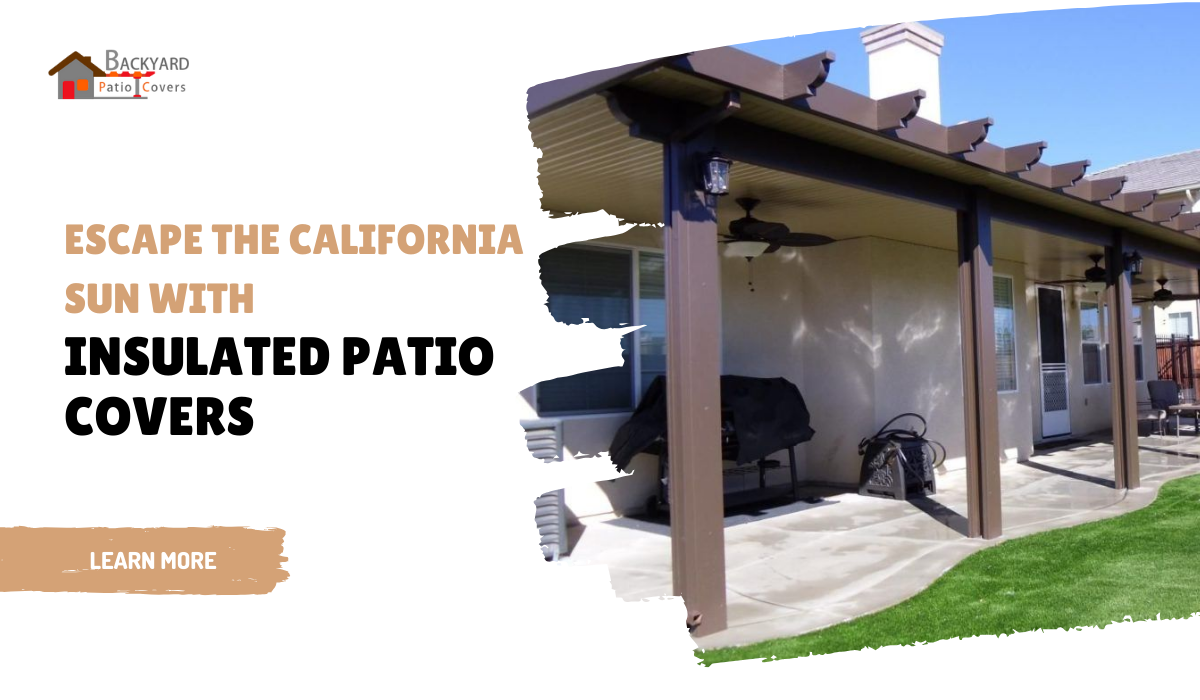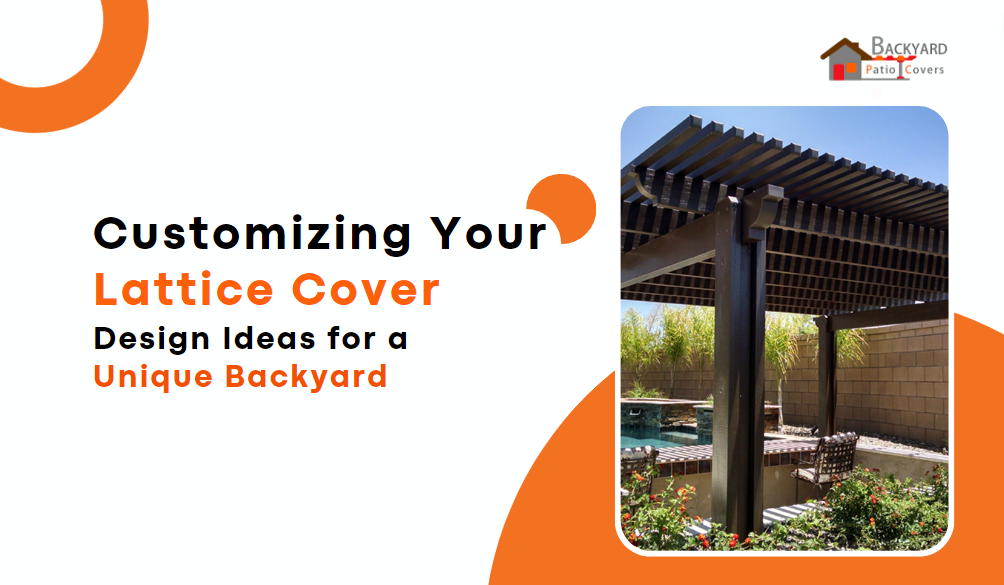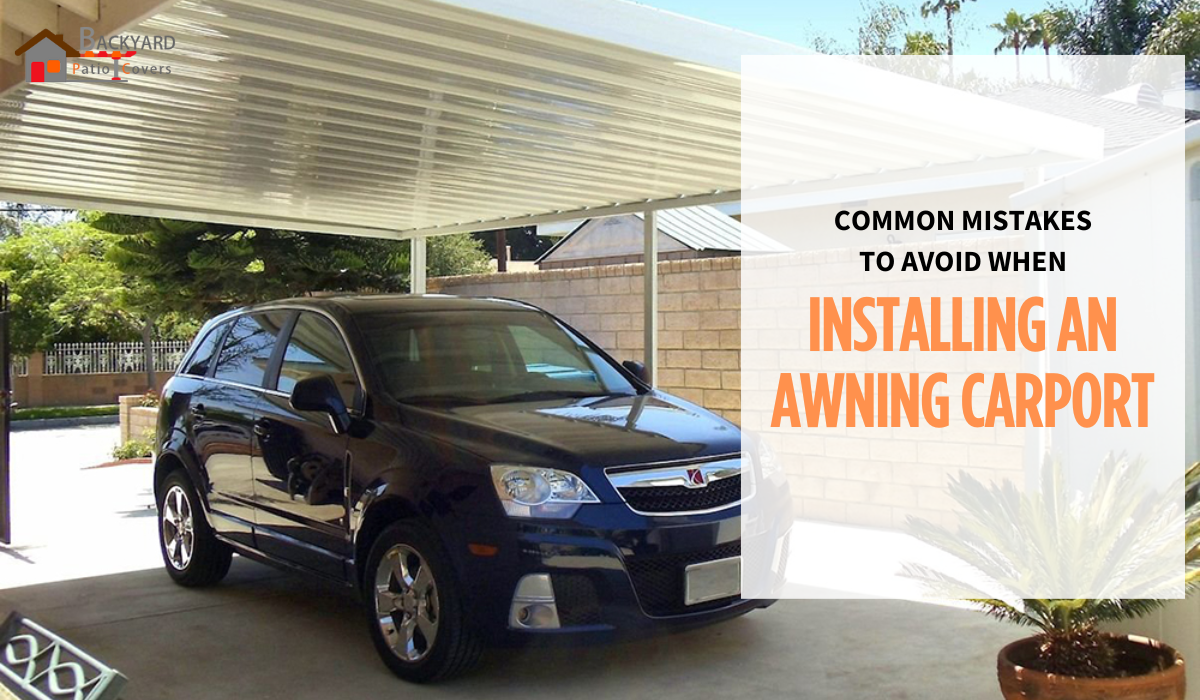Orange County boasts sunshine practically year-round, making it a haven for outdoor living. But even paradise needs a little shade sometimes. While a traditional patio offers a space to relax, the relentless California sun can quickly turn your backyard oasis into a scorching furnace.
Here’s where insulated patio covers in Orange County come to the rescue!
This guide dives deep into the world of insulated patio covers, helping you decide if they’re the perfect solution for your backyard retreat.
Why Choose Insulated Patio Covers?
The benefits of an insulated patio cover extend far beyond simply blocking sunlight.
- Sun Control: The primary benefit is, of course, escaping the sun’s heat. Insulated patio covers significantly reduce the amount of solar radiation reaching your patio, keeping the space cooler and more comfortable.
- Energy Efficiency: By keeping your patio cooler, insulated covers indirectly reduce your home’s energy consumption. Less reliance on air conditioning translates to lower energy bills and a smaller carbon footprint.
- Year-Round Enjoyment: Don’t let rain or occasional chilly evenings chase you indoors. Insulated patio covers provide shelter from the elements, allowing you to enjoy your outdoor space year-round.
- Enhanced Aesthetics: Modern insulated patio covers come in various styles and finishes, adding a touch of elegance and sophistication to your backyard.
Beyond Sun Protection: The Versatility of Insulated Patio Covers
While temperature control is a key advantage, insulated patio covers offer a range of additional benefits:
- Protection from the Elements: They guard your patio furniture, outdoor rugs, and grilling equipment against rain, wind, and UV rays, extending their lifespan.
- Increased Usable Space: They transform your patio into a true extension of your living space. Host outdoor dinners, create a shaded play area for children, or simply relax in a cool and comfortable environment.
- Increased Home Value: Investing in a high-quality insulated patio cover enhances your home’s curb appeal and potentially increases its resale value.
Insulated vs. Lattice Patio Covers: Choosing the Right Fit
At this point, you might be wondering if an insulated patio cover is the right choice for you. Let’s explore the difference between insulated and lattice patio covers:
Insulated Patio Covers:
- Pros: Superior sun protection, excellent temperature control, year-round usability, protection from rain and wind.
- Cons: Typically more expensive than lattice covers, may block some natural light.
Lattice Patio Covers:
- Pros: More affordable, allows some sunlight to filter through, creates a more open feel.
- Cons: Limited sun protection, minimal temperature control, provides little protection from rain or wind.
The ideal choice depends on your priorities. If sun and heat control are top concerns, patio covers are the way to go. However, if you still desire some sunlight penetration and prioritize a more open feel, a lattice cover might be a good option.
Finding the Perfect Insulated Patio Cover in Orange County
Now that you’re armed with the knowledge of insulated patio covers, it’s time to find the perfect one for your Orange County home. Here are some key considerations:
- Size and Design: Choose a cover that complements your patio size and your home’s architectural style.
- Material: Popular options include insulated metal panels, composite materials, and even wood with proper insulation.
- Functionality: Do you want a fully enclosed space or a more open design? Consider features like retractable panels for added flexibility.
- Local Regulations: Check with your local building department to ensure your chosen cover complies with any building codes or permits required.
Consulting with a Reputable Patio Cover Contractor
For an optimal experience, partnering with a reputable patio cover contractor in Orange County is crucial. They will help you navigate your options, assess your specific needs, and guide you through the entire selection and installation process.
Look for a contractor with a proven track record, excellent customer reviews, and a commitment to using high-quality materials. They can offer valuable insights on insulated patio covers in Orange County, ensuring you make the best investment for your backyard oasis.
So, stop dreaming about escaping the scorching Orange County sun and start enjoying your cool, comfortable outdoor space with the perfect insulated patio cover!



